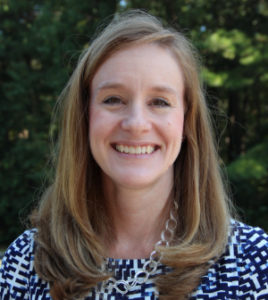Learning is a lifelong process that we should embrace every day. Therefore, learning should not cease when you end when you complete high school, end a class discussion, take an exam or graduate from a degree program.
The desire, thirst and quest to learn are often driven by a teacher who creates an engaging environment in their classroom. Students are often guided to gather, process and assimilate knowledge in an environment that may be uncomfortable and require them to think “outside of the box”. An instructor should be sensitive to the fact that no two students will learn the same material using the same methods. Therefore, teachers should encourage students to use the full range of their senses to guide them in their acquisition and application of knowledge.
Students need an opportunity to see and hear real-life examples in the structured environment of the classroom. In this type of structured setting, the teacher and students have the opportunity to ask questions, debate differing opinions, and field the “what-if” scenarios. Ideally students should take this time to reflect on how they would assess the situation, apply their working knowledge, outline the desirable outcomes and develop a plan to achieve their goals.
One of the main reasons why I decided to pursue a career in academia was so that I would have the opportunity to share with others what I have learned from my experiences through the classroom as a student and in the real-world as a practitioner. I have had many teachers, colleagues and peers that have helped me along the way. They have provided support, offered opinions, taught me lessons, and allowed me to learn my own lessons. Over time many of these relationships have grown from a teacher/student relationship to a life-long mentor/mentee relationship. I sincerely hope that I am able to have a similar impact on those students that I encounter during my tenure in academia.
 Education
Education